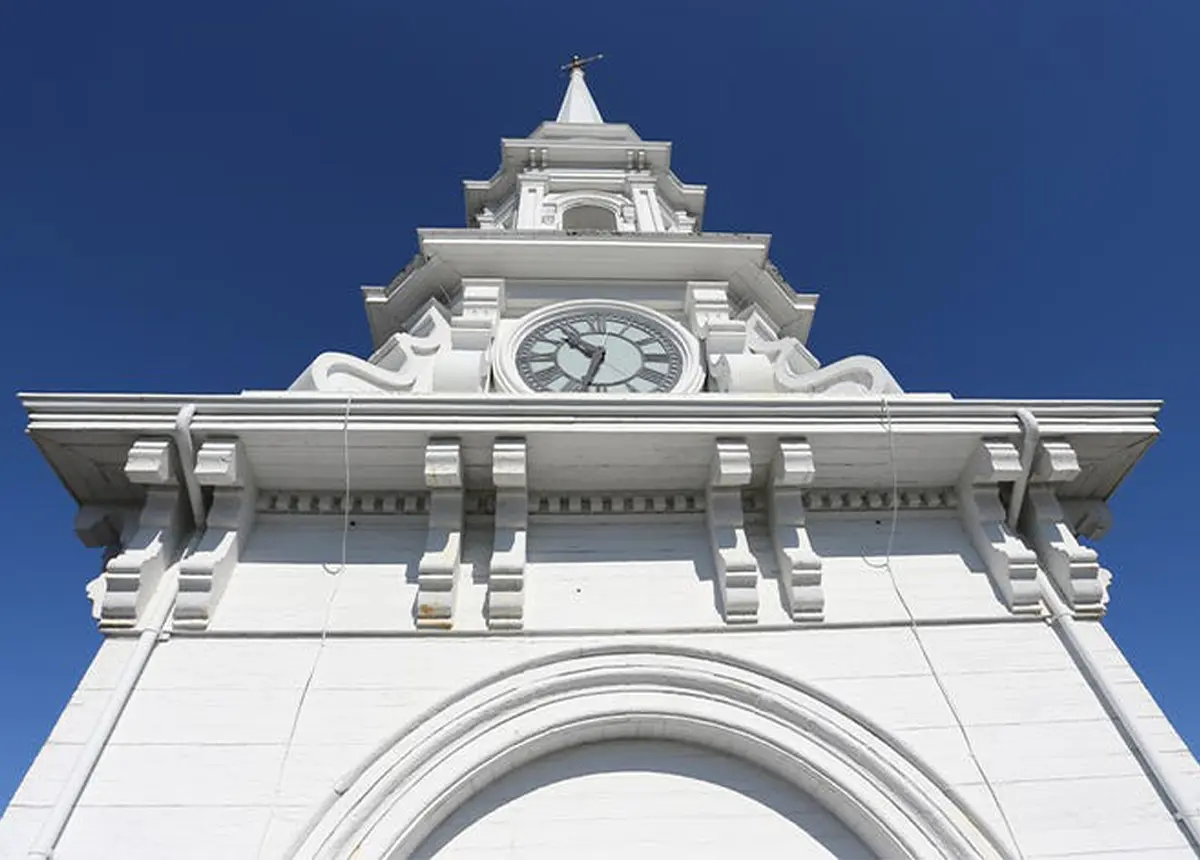
What if architecture was a time machine, drifting from past to future and all in between? Sustainability you see, begins with preservation. History keeps our stories and culture alive so we learn from those who came before us, to better guide us into the future.
The best way to build green is to use what already exists. New energy efficient technologies can be integrated into old buildings by using specialized systems and techniques that avoid harm to the original structure. Sustainable buildings allow their occupants to appreciate the past while minimizing future environmental impact. In this way, we preserve both our future and our past, while in the present.
Building reuse has less environmental impact than new construction, through embodied energy and resource conservation. A new report by the National Trust for Historic Preservation, The Greenest Building: Quantifying the Environmental Value of Building Reuse, quantifies the energy saved by retrofitting an old building instead of building a new one ranges from 4% to 46%. Overall, building construction and operation consume approximately 40% of the primary energy in the United States1 and about one-third globally.
Look around at all the aging buildings. If we reuse these old edifices instead of knocking them down, we can change the course of global energy usage. Why? Repurposing existing buildings retains their embodied energy — the carbon emitted during the manufacture, transport and construction of building materials. In contrast, demolition releases that embodied carbon back into the atmosphere, while more new energy is then expended to produce and transport replacement materials. This doubling up of energy usage can be avoided through a planned, holistic approach to building reuse.
Historically, our frugal forbearers relied on inherently sustainable features because it is was cheaper. Around here we call that Yankee Ingenuity. Conserving resources is innovation through preservation. Durable materials require maintenance more than replacement. Masonry walls act as thermal mass to better regulate heat transfer. Shading devices such as shutters, porches, eaves, and awnings reduce solar heat gain. Operable windows, roof monitors, high ceilings and interior transoms provide natural ventilation. Natural daylighting is achieved with narrower buildings, tall windows, skylights and light wells. Buildings were oriented on site to take advantage of sun angles, natural wind shelters, and seasonal shading.
When new technologies are used along with these heritage strategies for “Deep Energy Retrofits” we find resource efficiencies rivaling new construction — but without the waste. By planning ahead we can forge the future we want with the past we cherish. Sustainable design ensures the continuity of our environment, while preservation retains our heritage. By giving new life to old places we maintain the historic character of buildings, revitalize the hearts of our towns, and solidify the cores of our identities. In doing so, the past, the present and the future become one. This is how architecture becomes timeless.